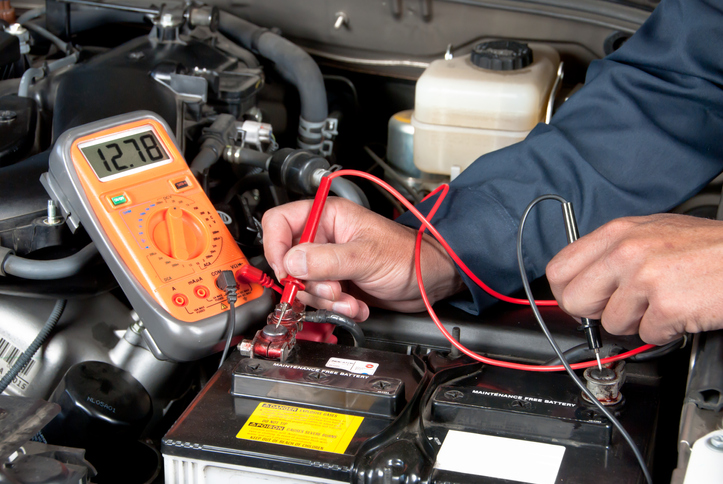
The first step to keeping any car in excellent condition is to properly maintain it. While it’s important that the owner of the vehicle does regular maintenance on their own, an auto mechanic should also be aware of the steps necessary to get the job done, should a client bring their car in for servicing. Although the checklist below isn’t an exhaustive one, it sums up some of the more important phases in the maintenance process for you to know during your career.
For any student hoping to enter the automotive industry, it’s important to familiarize yourself with these steps in order to make the car safer, as well as improve its performance and shelf life. Here’s a quick checklist for car maintenance jobs.
Do a Quick Inspection of the Vehicle Before Getting Started
One of the most obvious steps to take in a car maintenance job is to quickly inspect the car for any signs of damage or malfunction. This can manifest itself in several ways: parts under the hood that are rusting, fluids that are insufficiently topped up, lights that don’t work properly, or windshield wiper blades that aren’t functioning correctly. Whatever the case, take a minute or two to inspect the vehicle to catch potential issues as quickly as possible.
Take a Look at the Condition of the Car’s Battery
Without a properly functioning car battery, you can’t really expect the car to work the way it should. This is why examining the battery during maintenance is essential if you’re pursuing auto careers, and testing one is fairly easy to do. If the terminals are showing signs of looseness or corrosion, this can cause an array of problems with steering and starting up. Should these issues occur, be sure to address them.

Those with Auto Careers Must Check the Levels of All Fluids
Another step that must be taken is ensuring fluid levels are sufficient for the car to fully operate. This includes checking the oil within the car’s engine to see if a change is necessary (if the oil looks dark, rather than transparent, it might be time for a change), as well as examining the condition and levels of fluids such as coolant, transmission fluid, washer fluid, and antifreeze.
Examine the Status of the Engine’s Air Filter
For air to flow cleanly and effectively, the air filter itself needs to be clean. If it isn’t, the air won’t be able to travel liberally through the filter. Since its job is to prevent different contaminants such as dust and dirt from entering, it’s bound to get increasingly dirty as more mileage is put on the car. Therefore, students in auto mechanic training should know that replacing the filter is necessary if this has happened.

Don’t Forget to Look at Tires and Their Pressure
Lastly, another of the most key phases of car maintenance is ensuring the tires are in good condition, and that they are sufficiently inflated and haven’t worn out. If they appear to be lower than normal, this likely means not enough air is present, and that they need to be inflated. You can use a tire pressure gauge to see how much is there (though you should do this while tires are cold), before you begin pumping it to the suggested pressure level. Be sure also to rotate them regularly, measure their tread wear, and balance the tires if necessary.
Do you want to take auto mechanic courses?
Contact Automotive Training Centres today!

